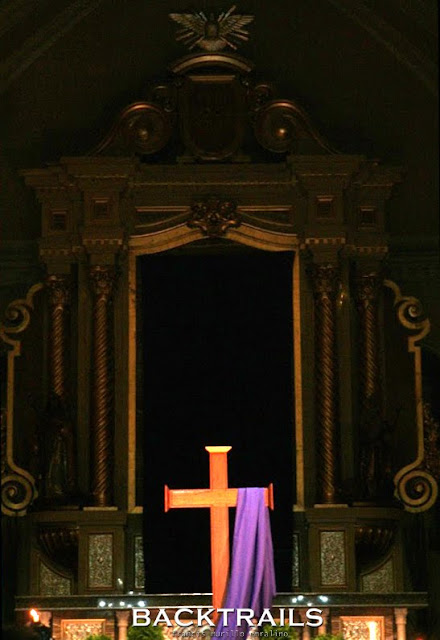After the longish documentation of Holy Week in San Pablo City, Laguna, let me now continue with the Taal series. With the town’s history tracing back to 1572, it was only but natural to see Spanish culture deeply entrenched in the place. Perhaps the most salient are the ancestral houses which line most of the streets in the town proper. Although the assertion that bahay na bato was passed on to us by the Spaniards is debatable (as they are seen as simply improvements of the bahay kubo), it would be quite naive to deny the huge influence of the Spaniards on the style and architecture of these ancestral houses.
Let me share first the houses which, in one way or another, have historical significance to the town of Taal and to the country as well. I shall be posting here the notes on the houses and prominent persons verbatim.

The Villavicencio House
Gliceria Marella de Villavicencio
“Born in Taal Batangas, 13 May 1852. Helped organize the “Batalyon Maluya” February 1897; she was the owner, she donated to cause her steamer “Bulusan” which was later converted vessel; a revolutionary flag hoisted when the rebel forces entered Taal was sewed in her house; contributed material help for the support of the revolution; supported the Batangas guerrillas; died in San Juan del Monte, 29 September 1929. Organized by the Municipality of Taal, Batangas on December 4, 1955”Visual inspection would reveal recent renovations – from the base concrete to the wood on the second floor. The place has also a spacious garden which adds to the cool ambiance.

Goco Ancestral House
“This heritage house of the Goco Family is registered with the National Historical Institute, pursuant to NHI Board Resolution no. 03, s. 2000.”


Agoncillo Heritage House
Managed by Don Gregorio Agoncillo Foundation
“Felipe Agoncillo y Encarnacion 1859-1941. Abogado, Estadista, at Makabayan. Ipinanganak sa Taal 26 Mayo 1859. Batsilyer sa Artes, Ateneo Municipal of Manila; Lisensiyado sa Batas, Unibersidad ng Santo Tomas. Masiglang Kagawad ng Lupong Pilipino ng Himagsikan sa Hong Kong. Ministro Plenipotensiyaro noong Unang Republika ng Pilipinas. Caballero de la Cruz Roja Española, iginawad ng Pamahalaang Kastila. Diputado ng Unang Purok ng Batangas sa Asamblea Pilipina, 1907-09. Kalihim Panloob sa gabinete ni Gobernador Wood, 1924-25. Pangulo sa loob ng anim sunud-sunod na taon ng Colegio de Abogados de Filipinas. Pangulo ng Unang Kongreso ng Pilipinas sa Pagsasarili, Maynila 22-26 Pebrero 1930. Namatay sa Maynila 29 Setyembre 1941.”The Agoncillo House is found just as one enter the town proper and is more like a mansion already. Although I have read on the internet that tours are available for the place, it seemed that the place was closed when this particular visit was made.

Casa Punzalan Hotel
One thought: I’d want to spend several days in Taal and I’d like to stay in this place while in Taal.














































